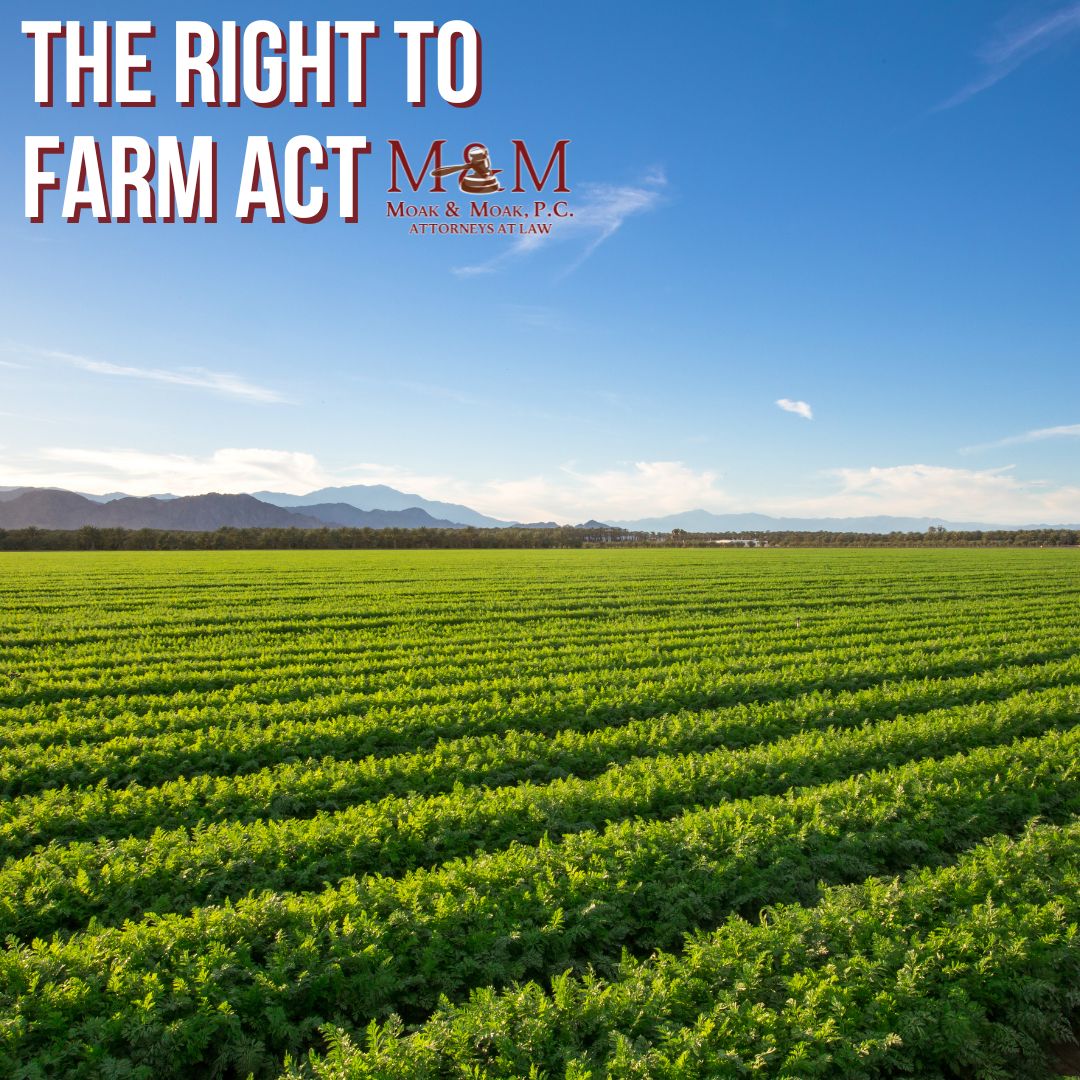Again, this week I am writing about information that might be beneficial if you have a farm, ranch or rural property for hunting. Heck, it might even apply if you raise vegetables to sell at the Saturday Farmers Market in front of O’Reilly Auto Parts. The Texas Legislature addressed a few right to farm topics in 2023. As a result, an amendment to the Texas Constitution was presented to voters and passed last year as well.
The amendment gives Texans the constitutionally protected right to engage in farming, ranching, timber production, horticulture and wildlife management. The reasoning behind the amendment was explained as helping to protect our future food security in Texas, and the need to do so by preventing overregulation of agricultural practices.
Separate from the constitutional amendment is the Texas Right to Farm Act. The Right to Farm Act has been around since 1981, but was amended by the legislature in 2023. The purpose of the Right to Farm Act is to support the development and improvement of the state’s agricultural lands to produce food or other agricultural products.
The Right to Farm Act works by providing support or defense for property owners in several different scenarios, including lawsuits against them by other persons for nuisance and related restraint actions. It also provides protections from state or local regulations that prohibit their activities. Formerly, it was only a defense to a nuisance action, but in 2023 it was expanded to any other action to restrain the agricultural operations.
For properties within city limits, the 2023 updates to the act limit a city’s ability to restrict agricultural activities within the city’s boundaries. Any limitations by a city must meet certain standards first and the purpose of the limitation cannot be available through less restrictive means. Then, the requirement must be necessary for protecting people residing in the immediate vicinity or on public property in the immediate vicinity from certain dangers.
To apply, there must be an agricultural operation, which is defined as:
(A) cultivating the soil;
(B) producing crops or growing vegetation for human food, animal food, livestock forage, forage for wildlife management, planting seed, or fiber;
(C) floriculture;
(D) viticulture;
(E) horticulture;
(F) silviculture;
(G) wildlife management;
(H) raising or keeping livestock or poultry, including veterinary services;
(I) planting cover crops or leaving land idle for the purpose of participating in any governmental program or normal crop or livestock rotation procedure; and
(J) the commercial sale of animals
That operation must be operating and remain substantially unchanged for one year or more prior to the lawsuit.
While development across the State of Texas is booming, so are efforts to preserve our farm and ranch heritage and values. The future is unknown on what will happen with so much acreage around the State, but in the current development targeted areas we are at least seeing efforts using these tools to keep and preserve some of what Texas is known for – wide open spaces and the farm and ranch lifestyle.
Nothing in this column should be construed as permission to put a chicken coop in your yard at Elkins Lake. Subdivisions still have restrictions that must be followed.

